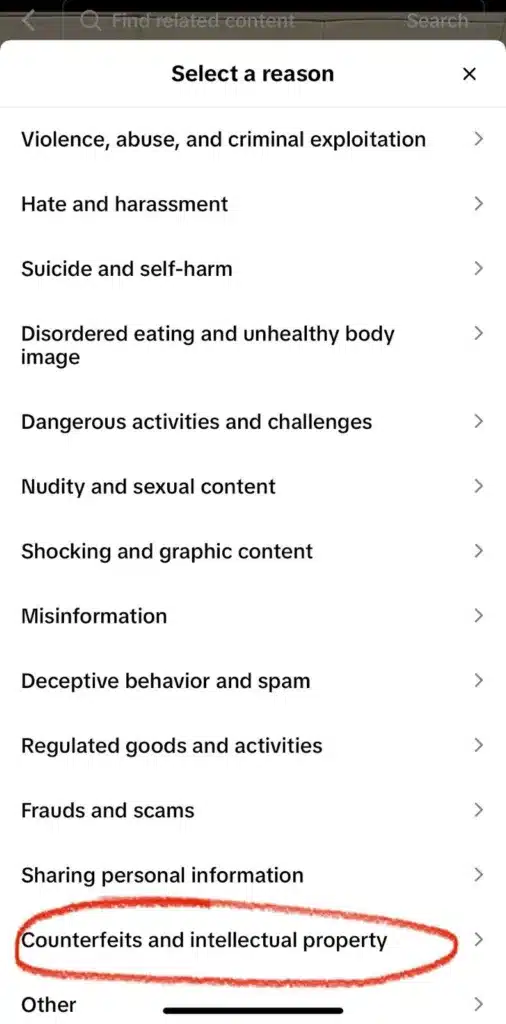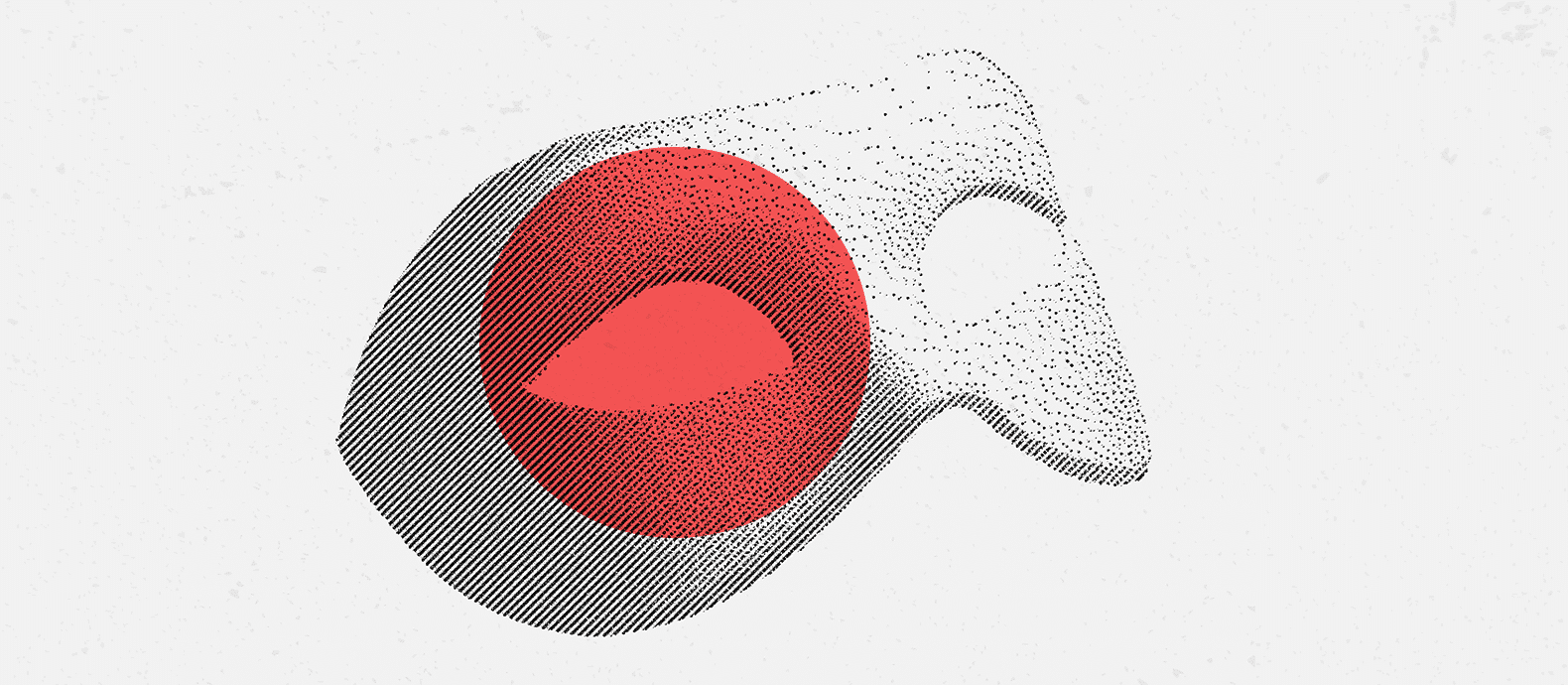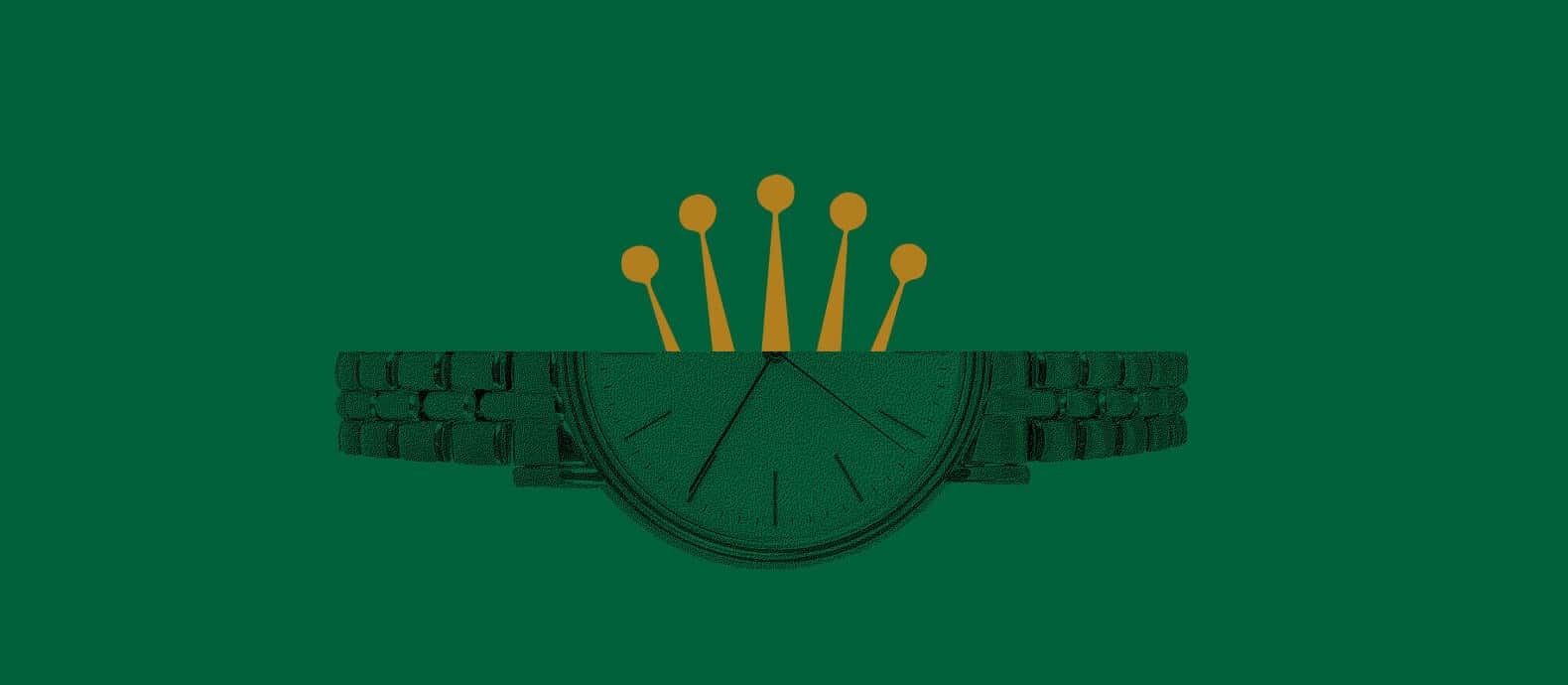TikTok, with its explosive growth and a user base of 1.5 billion, has become a significant platform for social commerce. This massive expansion, however, has also paved the way for a surge in counterfeit products. The proliferation of hashtags such as #RepTok, amassing millions of views, indicates a growing trend of “dupe culture,” among younger audiences. This cultural shift towards the acceptance and even endorsement of counterfeit goods poses not only legal and ethical issues but also risks to consumer safety and the integrity of authentic brands.
TikTok’s response to this challenge includes measures aimed at protecting intellectual property and consumer interests. The platform’s commitment to combating counterfeit goods through dedicated teams and resources is a step in the right direction. However, the effectiveness of these measures in the face of evolving consumer attitudes and sophisticated counterfeiting tactics remains a challenge.
In this blog post, you will gain a deeper understanding of how to report a counterfeit in TikTok Shop and learn the steps to safeguard your business against the counterfeit wave.

Scope of the problem
Research by the Better Business Bureau (BBB) indicates that 48% of TikTok users have purchased a product after seeing it on the platform. With over 100 million users in the USA alone, that’s a huge number of people being exposed to the risk of counterfeit products.
The growing issue of counterfeits in online marketplaces
The internet has incredible reach and it’s easy for people to benefit from the anonymity it provides. This has presented plenty of opportunities for counterfeiters to make and sell fake products while flying under the radar of authorities. Now, they’re turning to social platforms like TikTok that are branching into ecommerce trading, as a way to reach new and even more engaged audiences.
From imitation luxury items to knockoff electronics and cosmetic dupes, the scope of this problem extends across a range of industries. And as digital marketplaces continue to expand, so does the sale of counterfeit goods. According to recent studies, the global economic impact of counterfeiting is estimated to already be in the trillions of dollars. And that figure is only set to grow as the ease of setting up online stores anonymously makes it even harder for platforms to regulate.
How counterfeits impact brands and consumers
In an age where online reviews and social media play a major role in influencing consumer perceptions, the impact of counterfeiting can be devastating for brands. As well as jeopardizing the integrity of the brands that they rip off, counterfeits also cause harm to unsuspecting consumers.
Because brands invest substantial resources into maintaining the quality and authenticity of their products, it is damaging to their reputation to have those items copied by counterfeiters. But when it comes to consumers, unknowingly buying a counterfeit product can lead to dissatisfaction, a lack of trust in ecommerce marketplaces, and can potentially pose a risk to their health if the product they have purchased is substandard or unsafe to use. There is also the obvious issue of financial losses faced by consumers and brands at the hands of counterfeiters.
Specific challenges in TikTok Shop
The launch of TikTok Shop has changed the way users approach ecommerce shopping through social media. The platform, which is predicted to close out 2023 with $20 billion in sales, seamlessly combines content, entertainment, and consumerism in a way that users are unable to resist.
However, another big trend on TikTok is dupe culture – a concept where users find and recommend products that are very similar to the authentic (and often expensive) original. This interest in illegitimate products has seen the platform battling against a rise in fake product sales, particularly in the beauty sector.
Sellers of counterfeits work with popular creators or create eye-catching content to promote and sell these fake items. The influence of these sellers is so large that it’s even spawned its hashtag, #RepTok. The tag, which is short for Replica-Tok, has over 120 million views and goes directly against TikTok’s counterfeit goods policy.
The good news is that TikTok is fighting back, with its anti-counterfeit team of intellectual property (IP) professionals and a dedicated IP Protection Centre. This is where rights holders can submit complaints, request that fake versions of their products be taken down from the platform, and even track the progress of their complaints. As a result, sellers of counterfeits face penalties or removal from the platform if they cannot provide documentation to prove the authenticity of their products.
How to identify counterfeits in TikTok Shop
While it can be easy to get sucked into the aesthetic of TikTok Shops and their alluring products, shoppers need to understand the tell-tale signs of counterfeit products, and for brands to stay vigilant when it comes to spotting copies of their designs. This makes the TikTok shopping experience smoother and safer for everyone.
- Too good to be true? If the price of an item seems unrealistically low, then the chances are you’re looking at a fake. Shoppers should remember: if it seems like a steal, it might be a scam.
- Do you have all the information? Fuzzy, blurred, or otherwise incomplete product information could be a deliberate ploy to cover up poor quality or inauthenticity.
- What do the reviews say? Genuine products usually have a range of both positive and negative reviews. If an item has no feedback at all or suspiciously positive reviews, then consumers should think twice before buying.
Tips for original brands
There are many steps that brands can take to make sure no counterfeits of their products show up on TikTok Shop, raking in profits for illegitimate sellers.
- Keep an eye on the influencers promoting your products. If you notice a sudden rise in endorsements from users that you don’t have an agreement with, it could be that they’re promoting counterfeits.
- Make sure all your items are listed on your official channels and platforms with accurate and detailed product information that will make it easier for buyers to spot a fake.
- Where possible, make the most of anti-counterfeit technologies like unique branded packaging, holograms, and QR codes that are hard for counterfeiters to copy.
How to report a counterfeit in TikTok Shop
Here’s how to report a counterfeit in TikTok Shop:
1. Tap the ‘Share’ button on the side of the video in the TikTok app.

2. Select ‘Report’.
3. Click ‘Counterfeits and intellectual property’.

3. If you are not the trademark holder but are reporting a suspected counterfeit then tap ‘Counterfeit Products’ then ‘Suspected infringement of others’ and follow the reporting steps.
4. If you are the IP owner, or are acting officially on their behalf, then select ‘Intellectual property infringement’ then ‘Trademark Infringement Report’ and follow the instructions to complete the report.

5. IP owners can also click ‘Counterfeit products’ then ‘I am the rights holder’ and follow the instructions to complete the report.

If you’ve lost the video or are otherwise unable to follow those steps, you can also report counterfeits to TikTok through their online form.
Tips for effective counterfeit reporting in TikTok Shop
When you’re reporting a counterfeit in TikTok Shop that is counterfeiting products for which you hold the IP rights, you will be asked to provide accurate information and supporting documents, including a valid trademark registration certificate. If you’re not able to do this and TikTok believes that there is not enough evidence to prove that you are the official IP holder, your claim could be denied.
How to build a strong brand protection strategy for TikTok Shop
When it comes to tracking and reporting counterfeit items in TikTok Shop, brands should take a multifaceted approach to their IP protection.
1. Stay one step ahead by regularly and proactively monitoring TikTok Shop, keeping an eye on trends, hashtags, and user-generated content related to your brand or industry. This can help you to spot potential counterfeits quickly.
2. Empower your customers to help you in the search for counterfeits by educating them about your official products. From the packaging to expect, specific unique features, and your official purchasing channels, informed consumers should know it all. If they’re armed with the knowledge then they can help you defend your IP against counterfeiters.
3. Build a strong connection with TikTok and collaborate with their support teams. By reporting counterfeits quickly and understanding their reporting requirements, you can communicate with the platform more efficiently and hopefully develop a relationship.
4. Use anti-counterfeit technologies such as unique QR codes, holograms, or NFC tags that will deter counterfeiters and also provide consumers with an easy way to verify the authenticity of your brand’s products.
5. Leverage professional solutions like Red Points. For large-scale issues where manual reporting falls short, our Brand Protection Software offers a cost-effective, automated approach to identifying and tackling counterfeit products on TikTok Shop, taking down the most harmful offenders first.
Our software works in four easy steps, leaving no IP infringement unchecked. It leaves brands with the peace of mind that their products are being protected and copyright infringers are being detected 24/7.
- Detect: We widen the net by seeking out infringements through text and image searches.
- Validate: We filter in real-time, using image recognition and logic rules to identify counterfeits and discard the rest.
- Cluster: We get straight to the source by matching hundreds of seller data points to unveil the identity of repeat infringers and counterfeiters.
- Remove: We work 24/7, sending automatic takedown requests directly to TikTok Shop.
What’s next
It’s important to stay vigilant on TikTok Shop, looking out for red flags that might indicate a counterfeit product and reporting it as quickly as possible. The best way to act swiftly is to educate your customers and follow the platform’s reporting system correctly.
But if you’re looking for large-scale protection, Red Points’ Brand Protection Software Solution automates the fight against counterfeits for you. Ready to embrace technology to secure your brand’s authenticity? Request a demo today.









